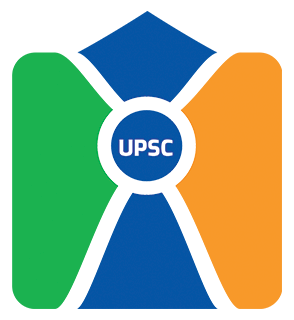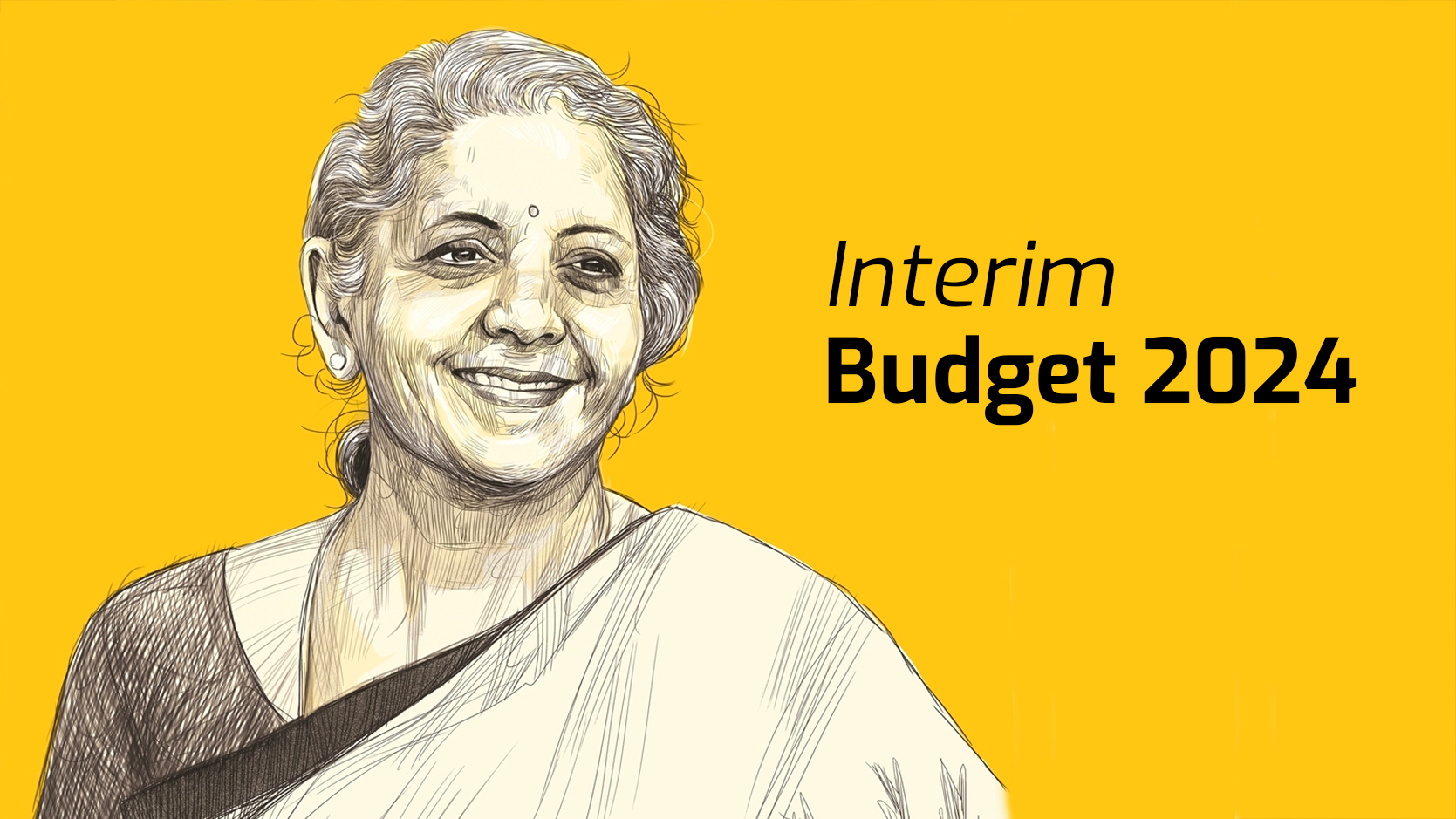Union Public Service Commission Prelims Exam 2025
Introduction
The Union Public Service Commission Prelims Exam will take place on 25th May 2025 as per the new revised official calendar released by the UPSC. This examination marks the initial phase of the UPSC Civil Services Examination, aimed at selecting candidates for esteemed positions like the Indian Administrative Service (IAS), Indian Police Service (IPS), and other central services.
UPSC Prelims Exam Syllabus 2025
The UPSC Prelims syllabus 2025 covers a wide range of subjects to test candidates’ knowledge and understanding over various topics. The examination consists of two papers: General Studies Paper-I and the Civil Services Aptitude Test (CSAT) Paper-II. To score well, aspirants must focus on key areas such as History, Geography, Art & Culture, Polity, Economy, and General Science, along with comprehension, interpersonal skills, and logical reasoning.
UPSC Prelims Syllabus 2025 Overview
The UPSC Prelims is one of India’s most recognized and challenging examinations. It marks the first stage of the Civil Services Examination and plays a vital role in selecting candidates for positions in esteemed services like the IAS, IPS, and other central services.
UPSC Prelims Exam Schedule
| Event | Date |
|---|---|
| UPSC Notification 2025 | 22 January 2025 |
| UPSC Prelims Exam Registration | 11 February 2025 |
| UPSC Prelims Admit Card Release Date | To be Released |
| UPSC Prelims Exam Date | 25 May 2025 |
UPSC CSE 2025 General Studies Paper 1 Syllabus
The first paper in the UPSC Prelims exam consists of General Studies (GS). The UPSC Prelims Syllabus 2025 for General Studies can be categorized into the following sections:
- Current Affairs: National and international events of importance.
- History of India and Indian National Movement.
- Indian and World Geography: Physical, social, and economic geography of India and the World.
- Indian Polity and Governance: Constitution, political system, Panchayati Raj, public policy, rights issues, etc.
- Economic and Social Development: Sustainable development, poverty, inclusion, demographics, social sector initiatives, etc.
- Environmental Ecology, Biodiversity and Climate Change: General issues that do not require subject specialization.
- General Science: Basic science topics.
Aspirants preparing for the UPSC Prelims Exam 2025 must cover all topics within these categories, as each topic holds its significance in the examination.
UPSC Prelims Syllabus 2025
Geography
General Geography
- Universe
- Earth Evolution
Geomorphology
- Earth’s Interior
- Geology and Rock System
- Geomorphic Process
- Earthquakes and Volcanism
- Distribution of Continents and Oceans
- Landforms and their evolution
- Landforms across the world
Oceanography
- Hydrosphere
- Submarine Relief Features
- Temperature and Salinity
- Waves, Oceans, Currents, Tides
- Marine Resources
- Ocean Deposits and Corals
Climatology
- Atmosphere
- Inversion of Temperature
- Insolation and Heat Budget
- Air Mass, Fronts, Cyclones and Jet Streams
- Wind and Pressure Belts
- Precipitation
- Climate Zones of the World
Bio Geography
- Soil Characteristics
- Vegetation Resources
Human and Economic Geography
- Demography and Census
- Human Development
- Economic Activities
- Transport and Communication
- International Trade
- Settlement
Indian Geography
- Physiography of India
- Drainage System
- Climate
- Soils in India
- Natural Vegetation
- Population
- Settlements and Urbanization
- Land Resource
- Mineral Resource
- Energy Resource
- Agriculture and Basic Terminology
- Recent Developments in Agriculture
- Productivity of Crops
- Industry
- Transport
- Recent Developments in Industry and Transport
World Regional Geography
- Continents, Countries, and Cities
- Location in News
Ecology & Environment
Ecology
- Origin of Life Forms
- Basic Concepts of Ecology
- Ecosystem Functions
- Population Ecology
- Adaptation of Species and Interactions
- Terrestrial Ecosystem
- Aquatic Ecosystem
- Nutrient Cycling
Biodiversity
- Basics of Bio-Diversity
- Animal and Plant Diversity
- Threats to Biodiversity
- Biodiversity Conservation
- Estuaries
- Mangroves
- Coral Reliefs
- Wetlands
Resource Degradation and Management
- Environmental Pollution
- Climate Change
- Environmental Governance
History
Ancient History
- Pre-Historic Times
- Indus Valley Civilization
- Rig Vedic Period
- Later Vedic Period
- Jainism
- Buddhism
- Mahajanpadas
- Mauryan Period
- Post-Mauryan Period
- Gupta Period
- Harshwardhana Period
- Sangam Period (South-Indian Dynasties)
Medieval History
- Major Dynasties of Early Medieval India (Pratiharas, Pallavas, Chalukyas, Rashtrakutas)
- Cholas and South-Indian Kingdoms
- Early Muslim Invasions
- The Delhi Sultanate
- Afghans, Rajputs & Mughals
- Establishment of North-Indian Empire
- The Mughal Empire
- Marathas and the Other Indian States
- The decline of the Mughal Empire
- Vijaynagar Empire
Modern History
- Advent of Europeans
- British Expansion
- Administration before 1857
- Economic Policies of the British
- Impact of British Administration
- Revolt of 1857
- Administrative Changes after 1857
- Development of Civil Services
- Development of Education
- Development of Press
- Socio-Religious Reforms
- Peasant Movements
- Revolutionary Nationalism
- Indian National Movement-I (1905-1918)
- Indian National Movement-II (1918-1929)
- Indian National Movement-III (1930-1947)
- Governors-General and Viceroys of India
- Constitutional Development of India
Art & Culture
- Architecture
- Sculpture
- Paintings
- Pottery Tradition
- Numismatics
- Performing Arts
- Religion and Literature
- National and Regional Festivals
Polity
- Evolution of the Constitution
- Salient Features of the Indian Constitution
- Union & Its Territory
- Citizenship
- Fundamental Rights
- Directive Principles of State Policy
- Fundamental Duties
- System of Governance
- Union Executive
- Union Legislature
- State Executive
- State Legislature
- Local Government
- UT and Special Areas
- Judiciary
Economy
Basic Concepts
- Macroeconomic Concepts
- Microeconomic Concepts
Economic Measurements
- National Income & Its Calculation
- Economic Growth and Development
- Inflation
Money & Banking
- Money Function & Classification
- Financial Markets & Its Instruments
- Banking Structure in India
Public Finance in India
- Budgeting
- Fiscal Policy
- Centre-state Distribution
- Tax Structure in India
Planning
- Meaning, Objective & History
- Planning Institutions
- Five-Year Plans in India
- NITI Aayog
Open Economy
- Foreign Trade Concepts
- International Organizations
- Trade Agreements
- Recent Developments
Economic Sectors
- Poverty
- Employment and Unemployment
- Government Schemes and Programmes
General Science
- Science & Technology in India
- Space
- IT and Communication
- Materials, Nano Technology and Robotics
- Defence
- Nuclear Technology
- Intellectual Property Rights and Other Miscellaneous Issues
- Biotechnology
UPSC CSAT Syllabus 2025
The CSAT (Civil Services Aptitude Test) syllabus for the UPSC exam is designed to assess the candidate’s aptitude and reasoning abilities. Below is a detailed explanation of the syllabus, followed by a bullet-point format for easy reference:
UPSC Prelims Exam Pattern 2025
The UPSC Prelims Exam pattern consists of two papers: General Studies (GS) Paper I and Civil Services Aptitude Test (CSAT) Paper II. Both papers are conducted in offline mode (pen and paper-based) and have a duration of two hours each. GS Paper-I consists of 100 questions, while CSAT Paper-II contains 80 questions. Both papers are objective-type multiple-choice questions (MCQs). The Prelims Exam is a screening test, and only candidates who clear it are eligible for the Mains Exam.
UPSC Prelims Exam Pattern 2025 Overview
| Details | General Studies Paper 1 | CSAT |
|---|---|---|
| Number of questions | 100 | 80 |
| Marking Scheme | 2 Marks for every correct answer | 2.5 Marks for every correct answer |
| Negative Marking | -0.66 for every incorrect answer | -0.83 marks for every incorrect answer |
| Duration of exam | 2 hours | 2 hours |
| UPSC Prelims 2025 Exam Date | 25 May 2025 | 25 May 2025 |
| Language of exam | English/Hindi | English/Hindi |
| Maximum marks | 200 | 200 |
Books For UPSC Prelims Exam
Books are crucial for UPSC Prelims preparation, offering detailed knowledge, clear concepts, and thorough coverage of subjects. Written by experts, these books match the syllabus and help you understand topics. They are useful for revision and improving critical thinking, analytical skills, and answer writing. Here is a list of important books for the UPSC Syllabus 2025:
- Ancient India by RS Sharma
- India after Independence by Bipan Chandra
- History of Medieval India by Satish Chandra
- Geography of India by Majid Husain
- World Atlas (Orient Black Swan)
- Certificate Physical and Human Geography by G C Leong
- Ethics, Integrity and Aptitude for Civil Services Main Examination by Subba Rao and P.N. Roy Chaudary
- Environment and Disaster Management by Tata McGraw Hill
- Indian Economy by Nitin Singhania
- Challenges to Internal Security of India by Ashok Kumar
How to Prepare for the UPSC Prelims Exam?
How to prepare for the UPSC Prelims exam? Well, candidates can follow the tips provided below to know how to prepare well for the exam:
Preparation Tips
- Understand the syllabus: Familiarize yourself with the UPSC Prelims syllabus and exam pattern.
- Create a study plan: Make a comprehensive study plan that covers all subjects and topics, allocating sufficient time for each.
- Read NCERT books: Begin your preparation with NCERT books for basic conceptual clarity.
- Refer to standard resources: Use recommended books, study materials, and online resources to deepen your understanding of the subjects.
- Practice previous year’s papers: Solve previous year’s question papers to get acquainted with the exam pattern and improve time management skills.
- Take mock tests: Regularly take mock tests to assess your preparation level and identify areas of improvement.
- Stay updated: Read newspapers, magazines, and online sources to stay updated on current affairs and issues.
- Revision: Revise regularly to reinforce your knowledge and ensure retention.
- Stay focused and disciplined: Maintain a consistent study routine and stay motivated throughout your preparation.
- Seek guidance: Consider joining a reliable coaching institute or seek guidance from mentors or experienced candidates to get valuable insights and guidance.





